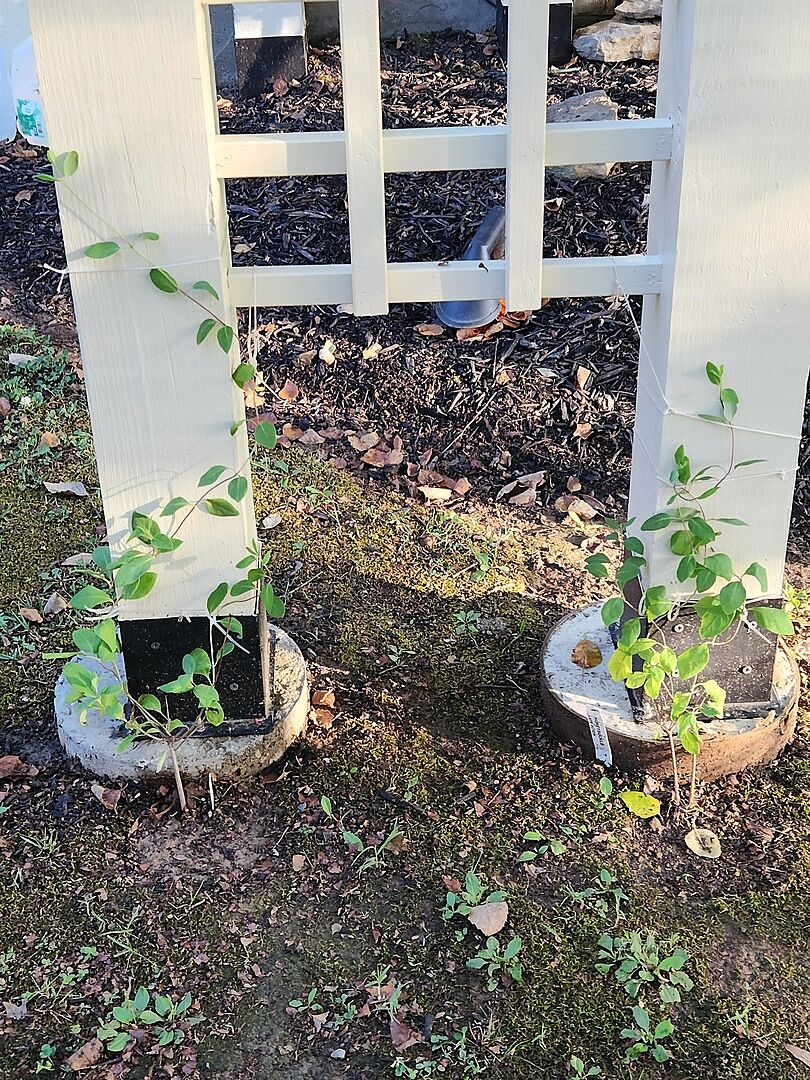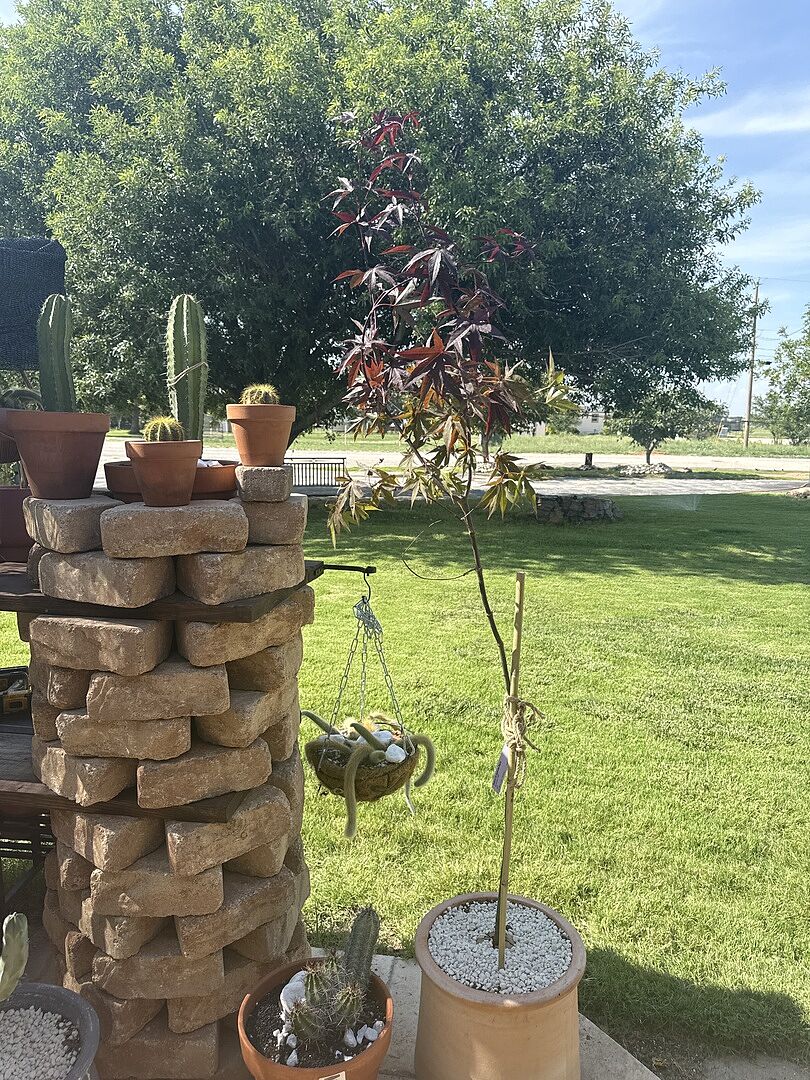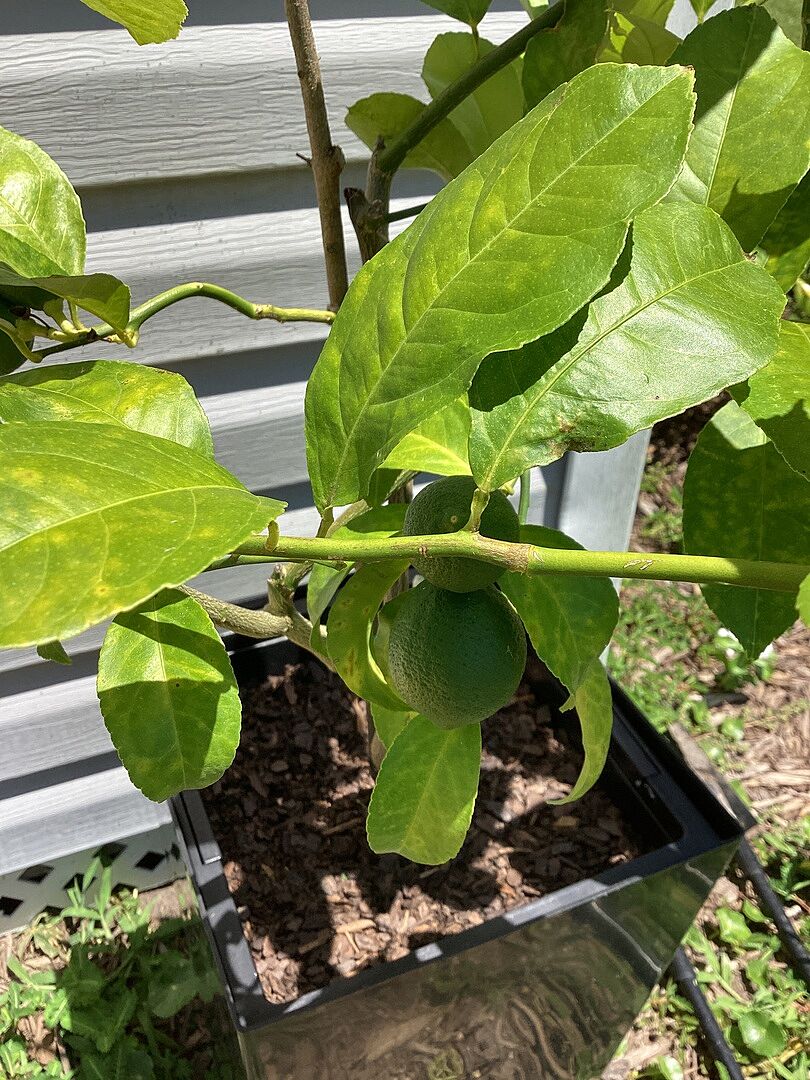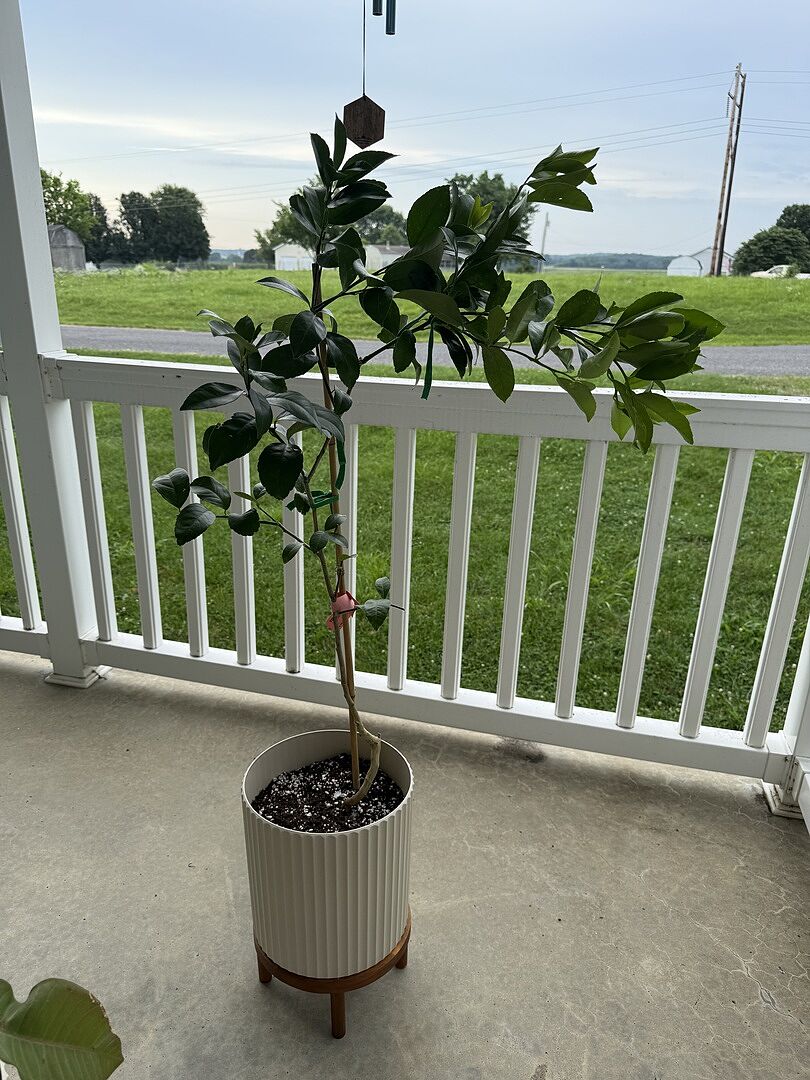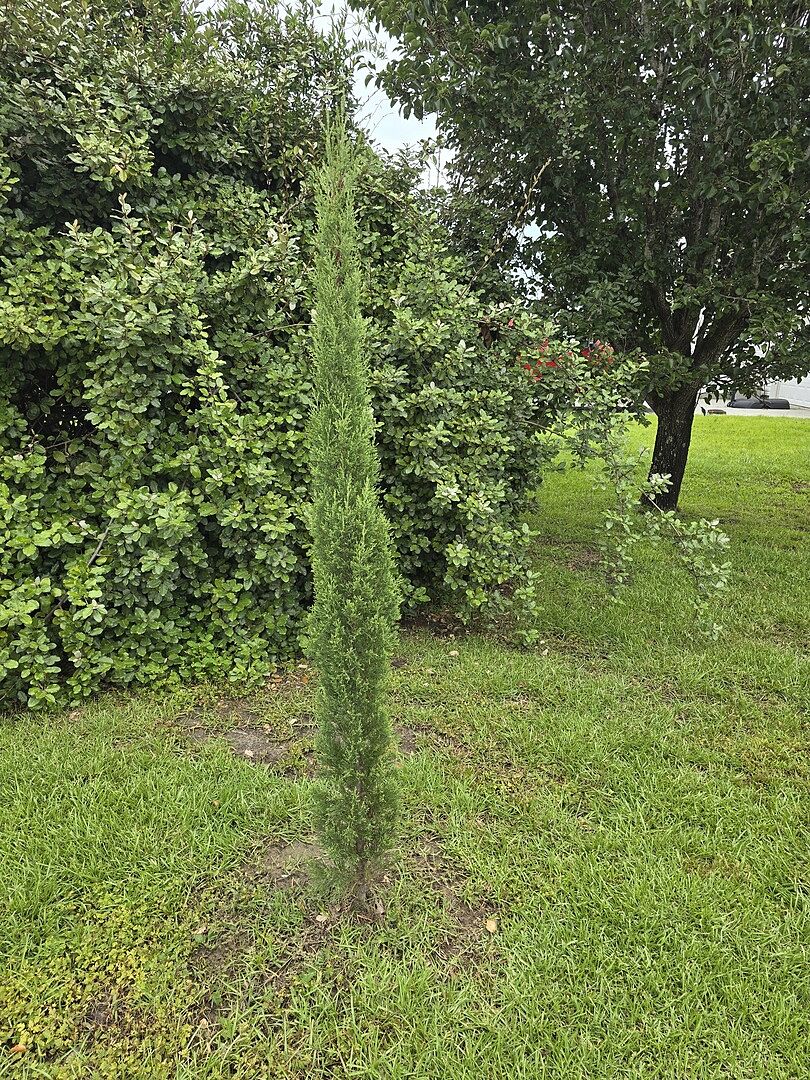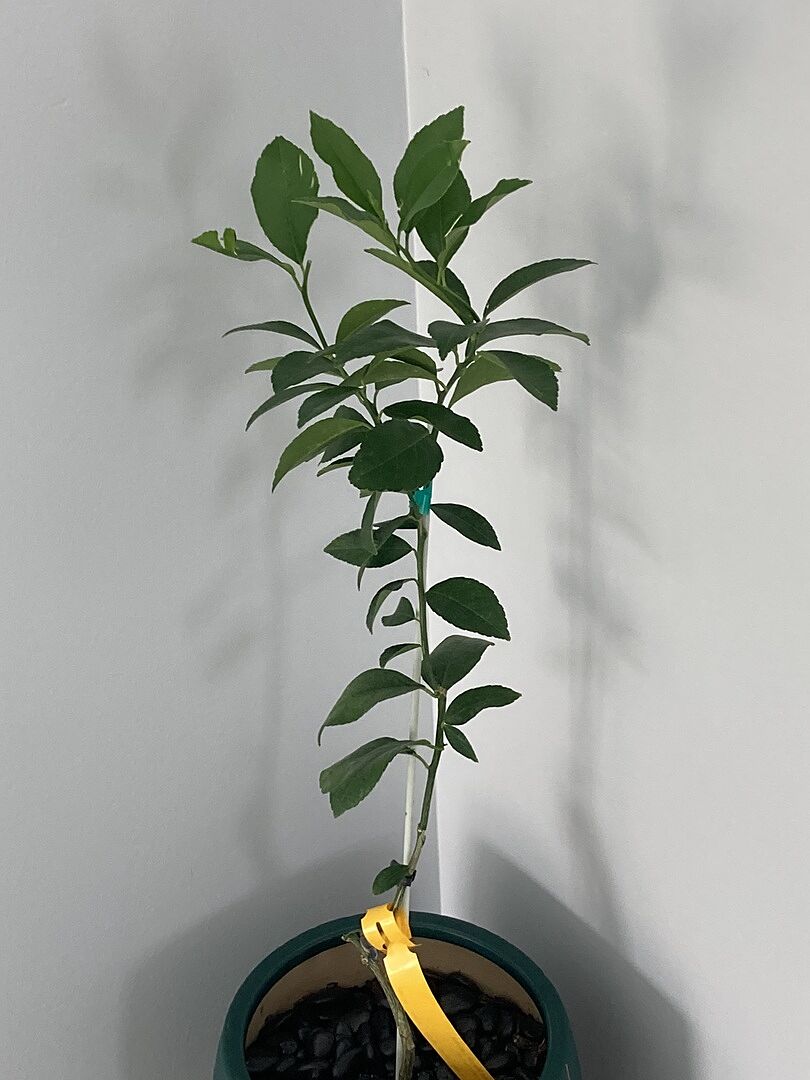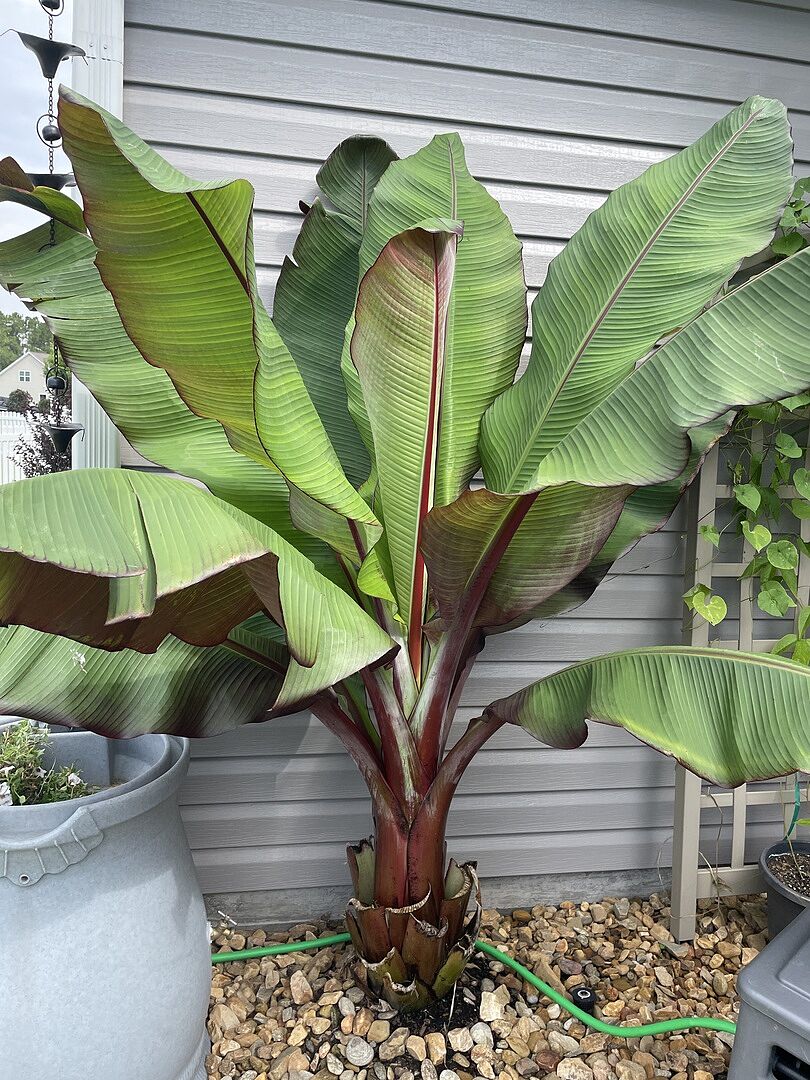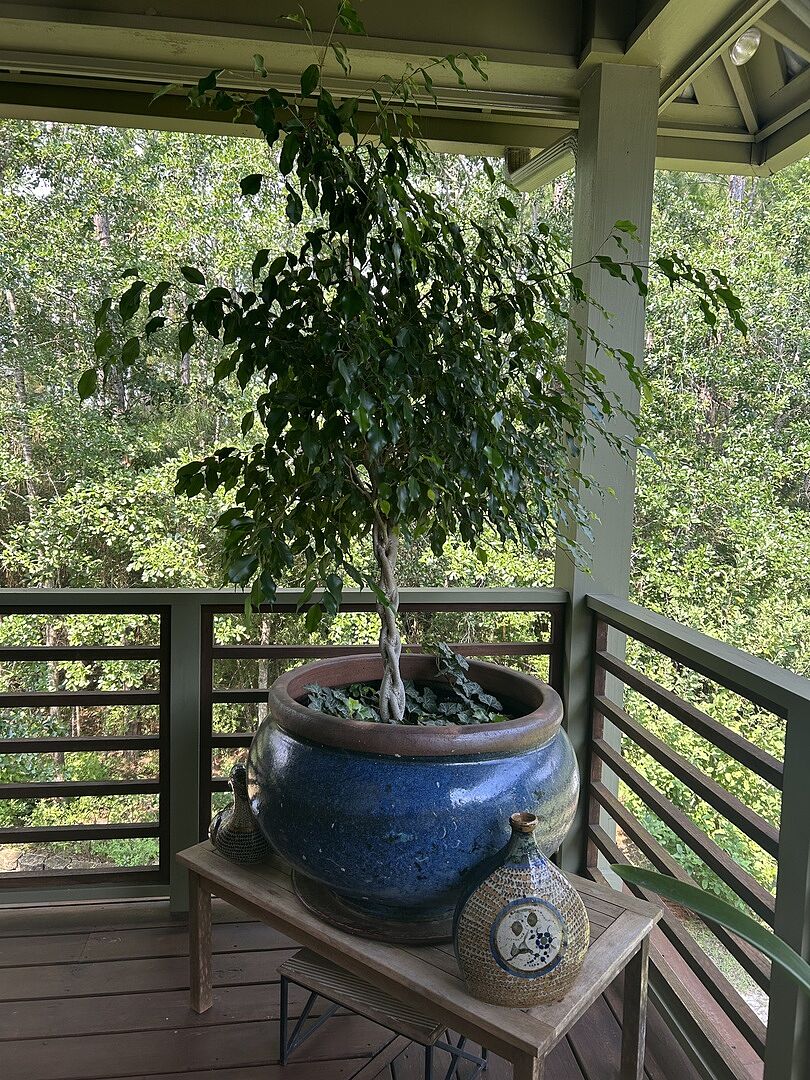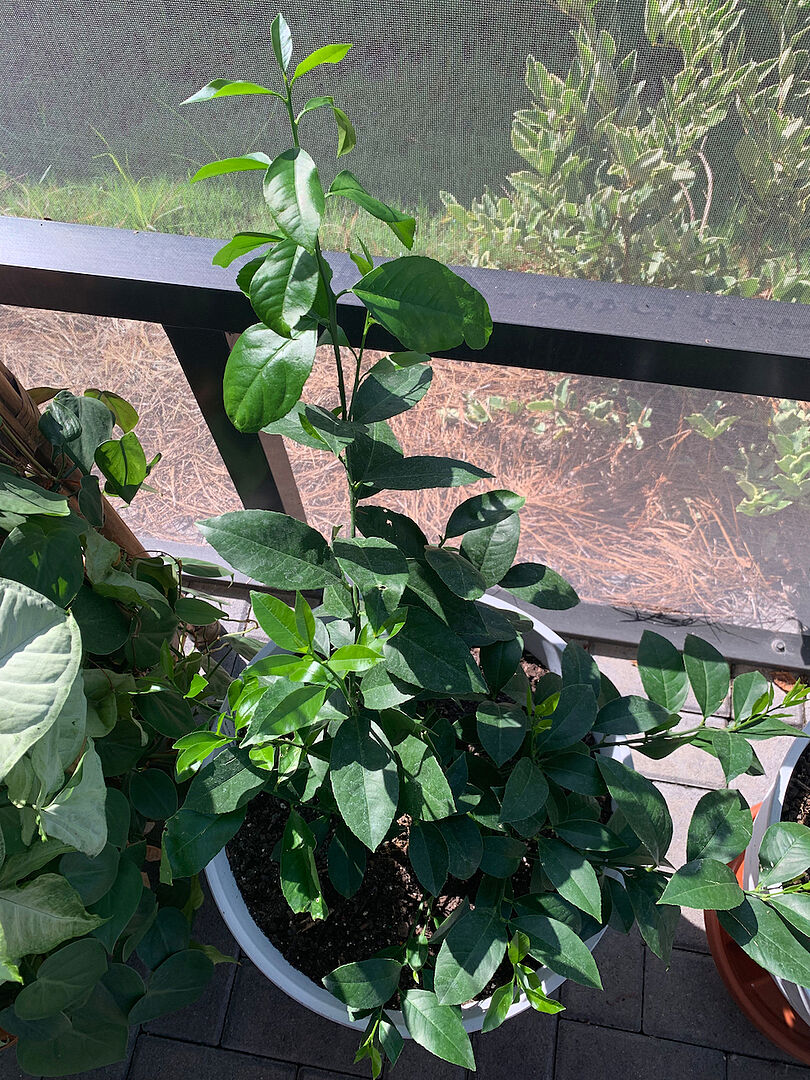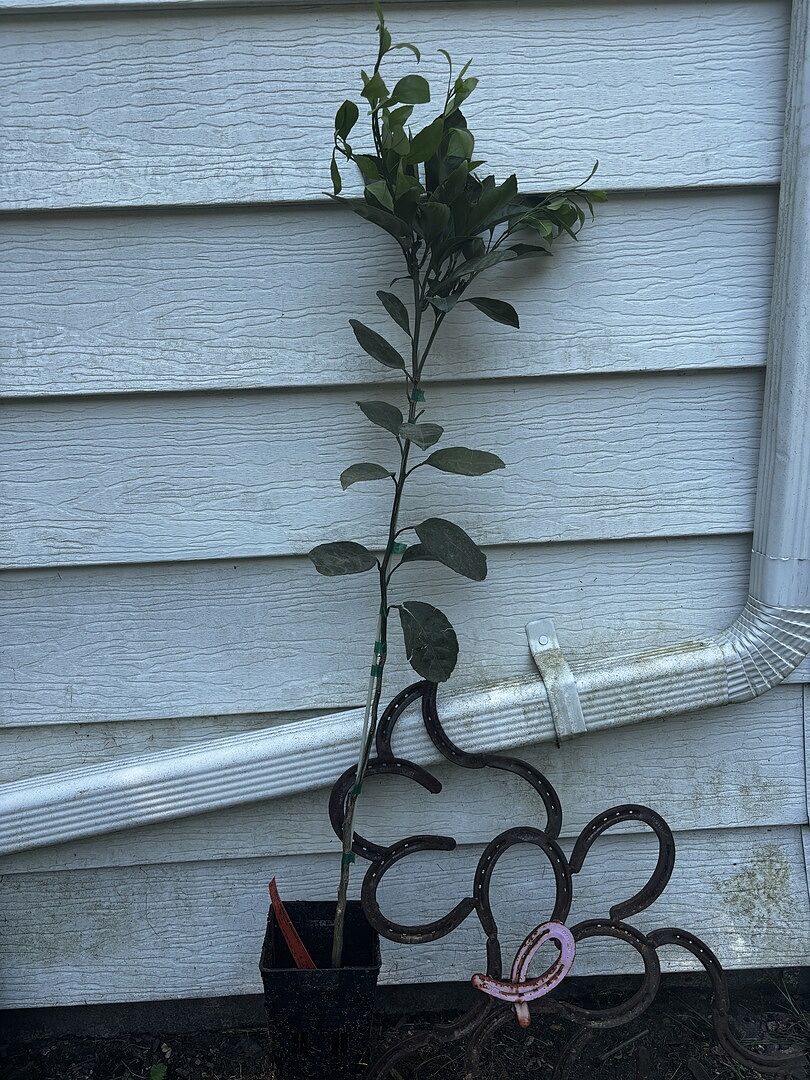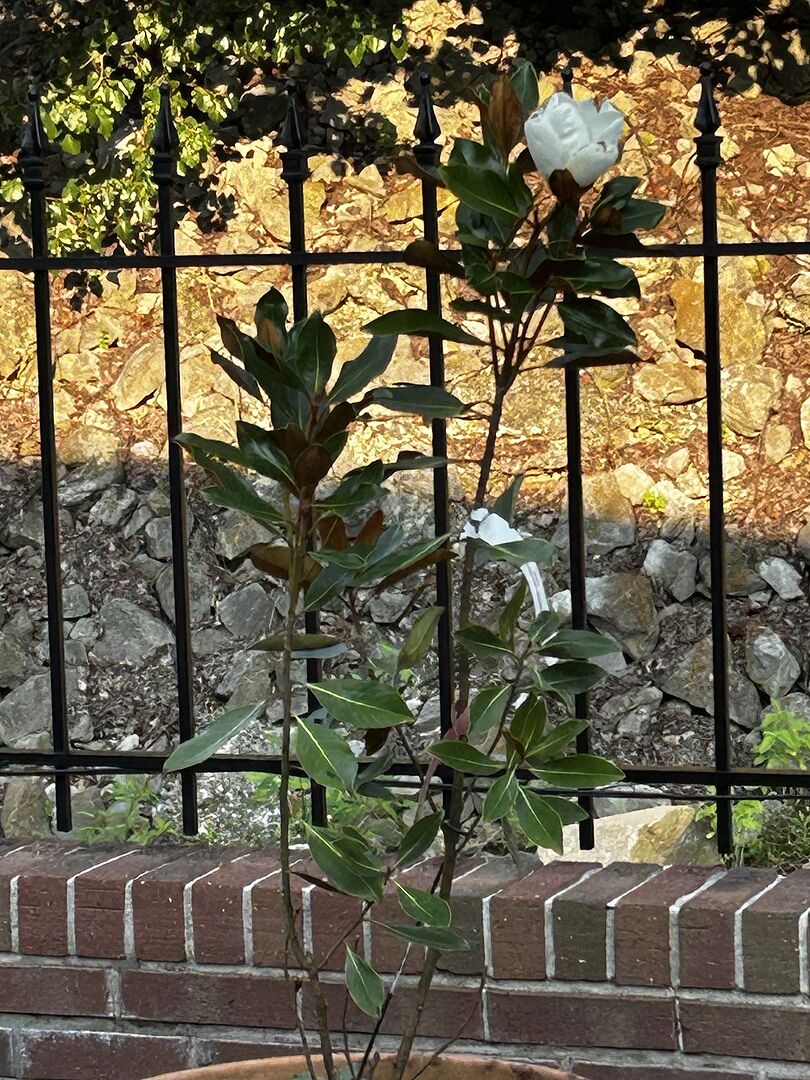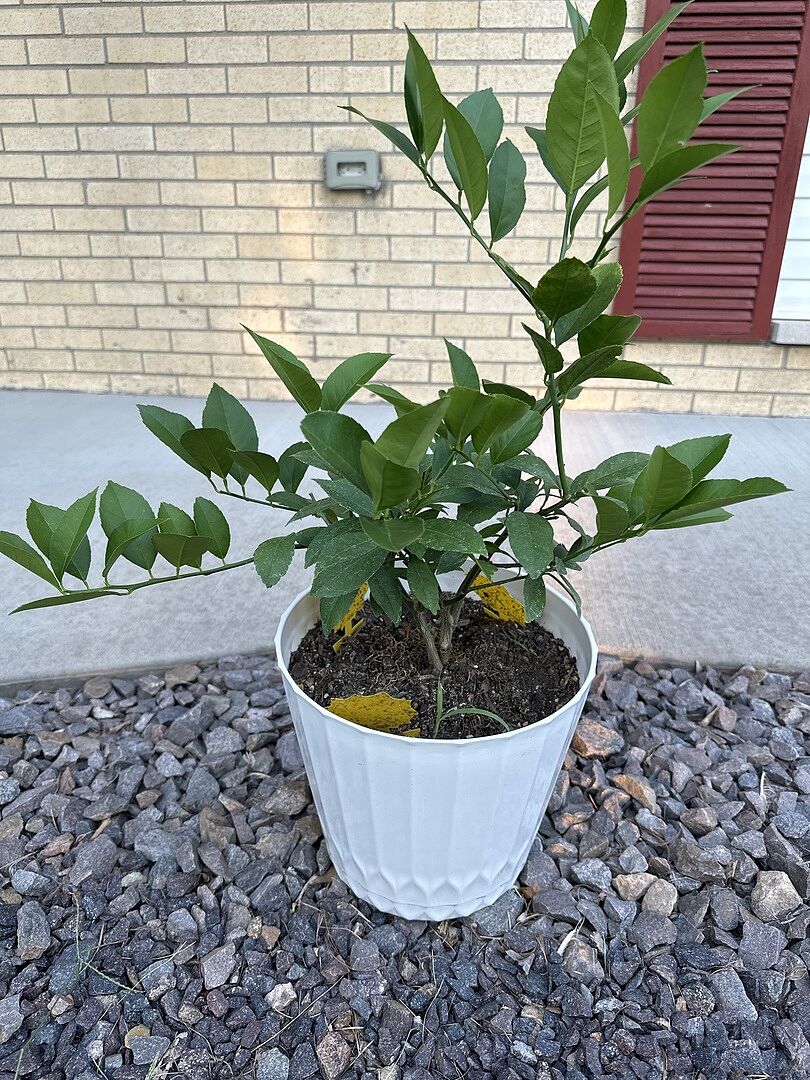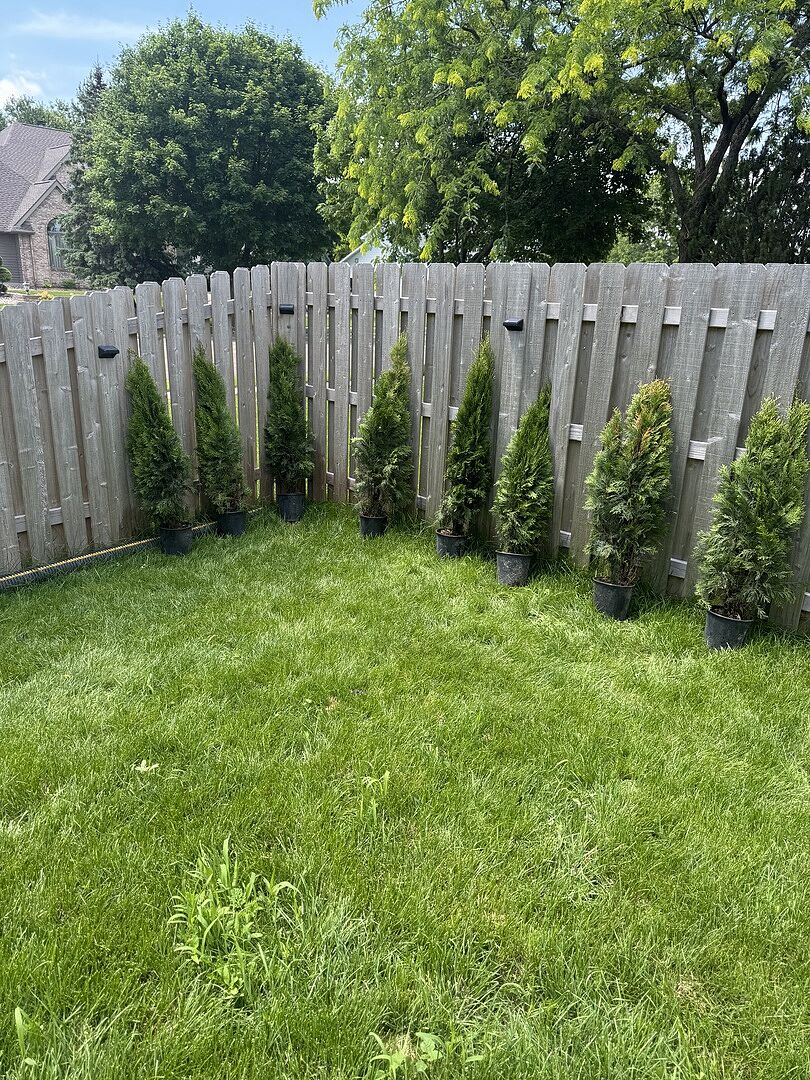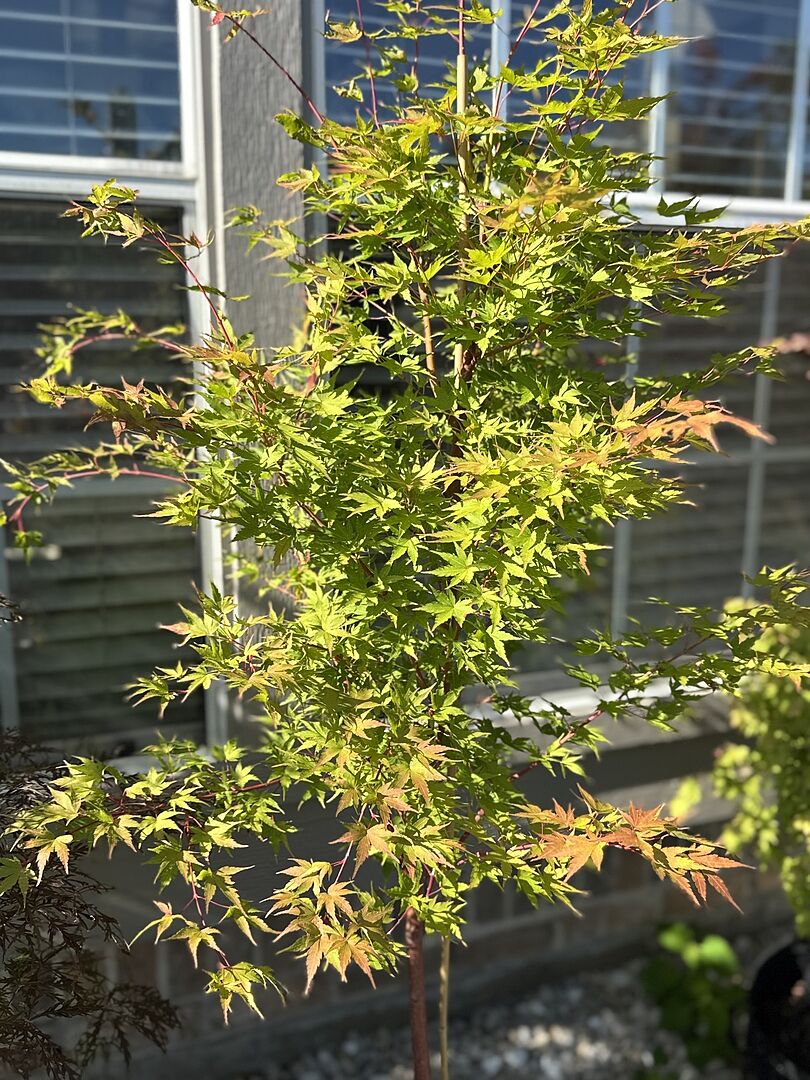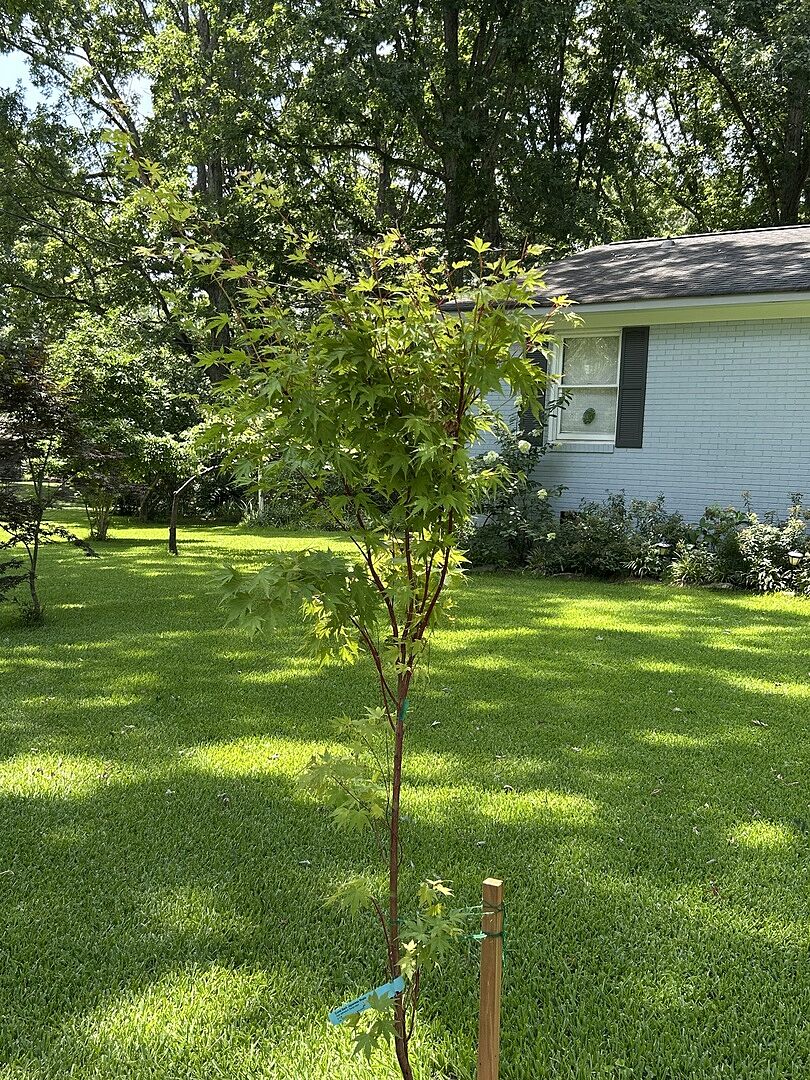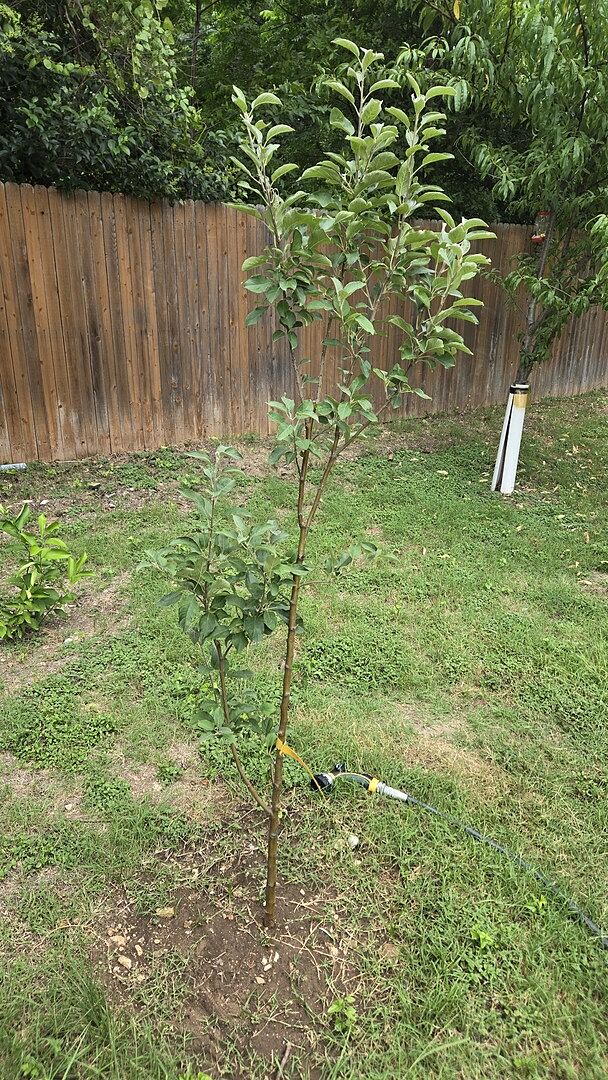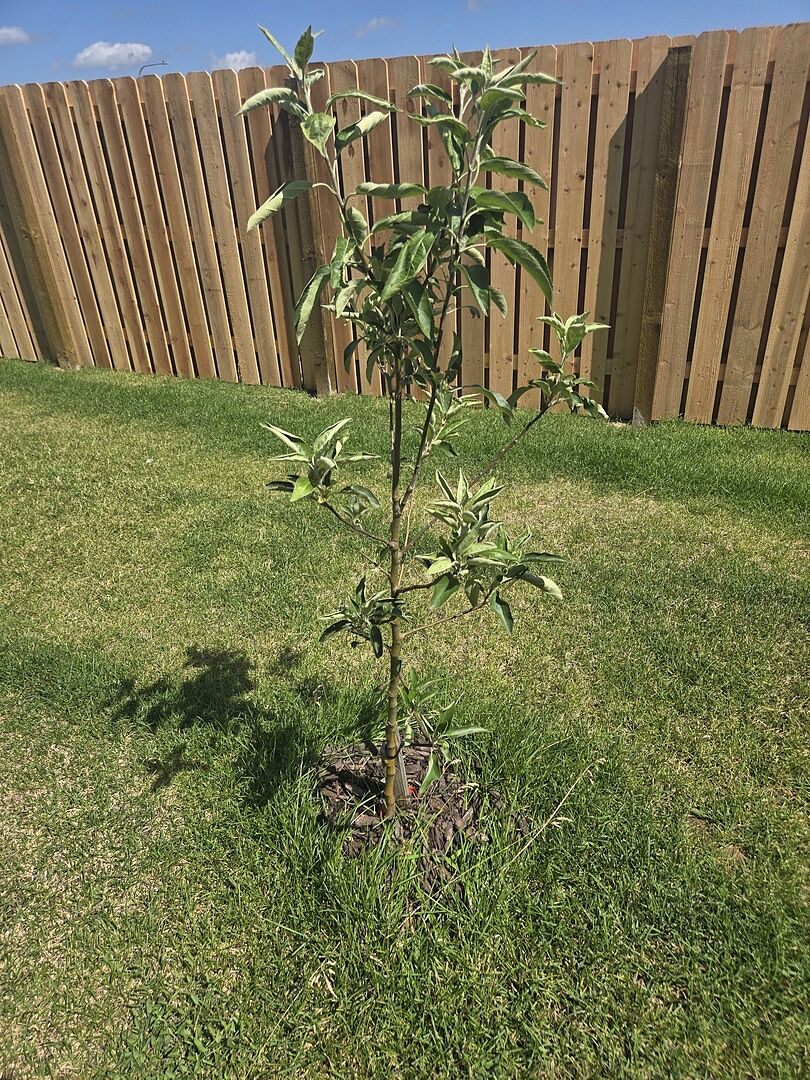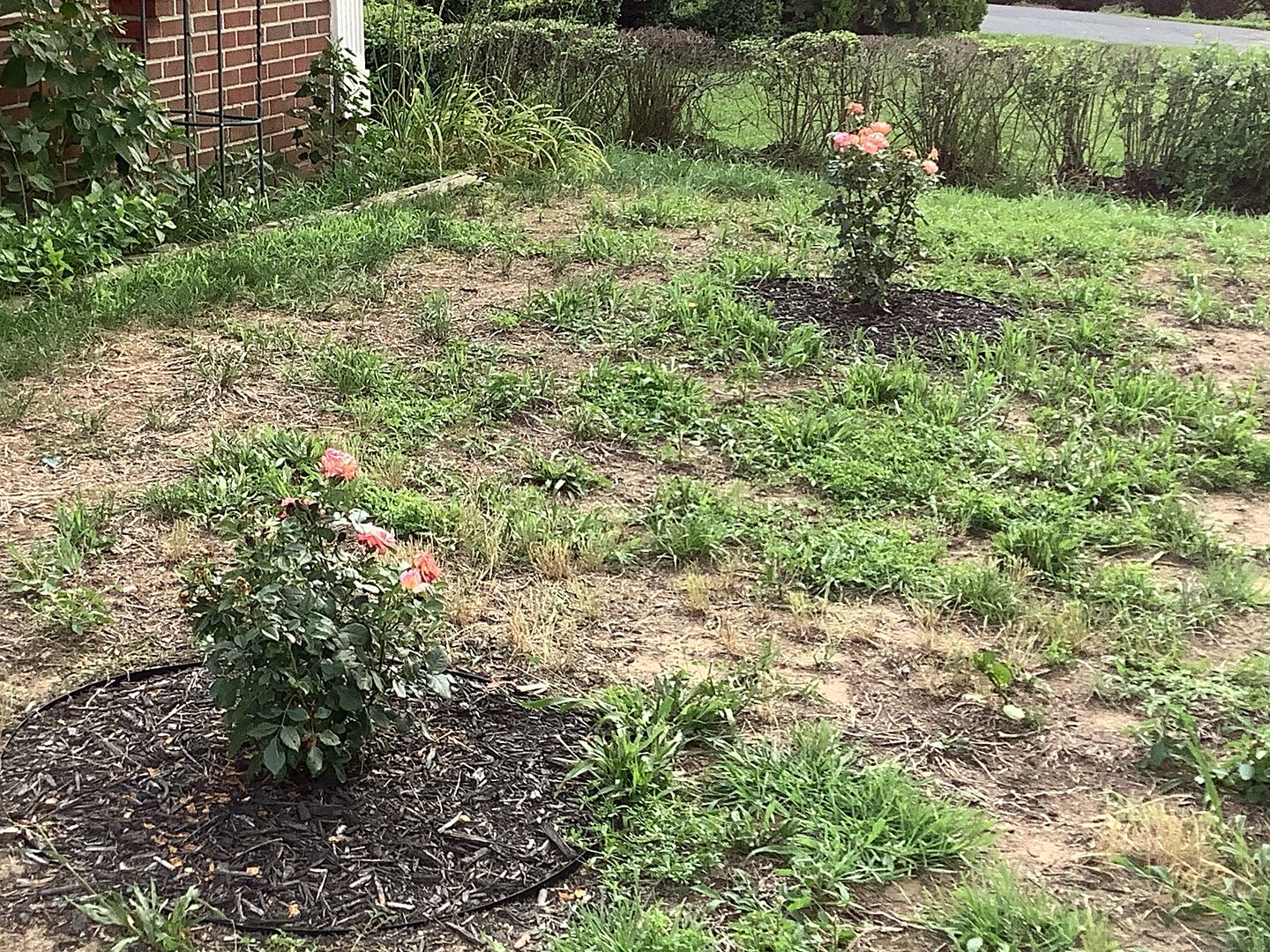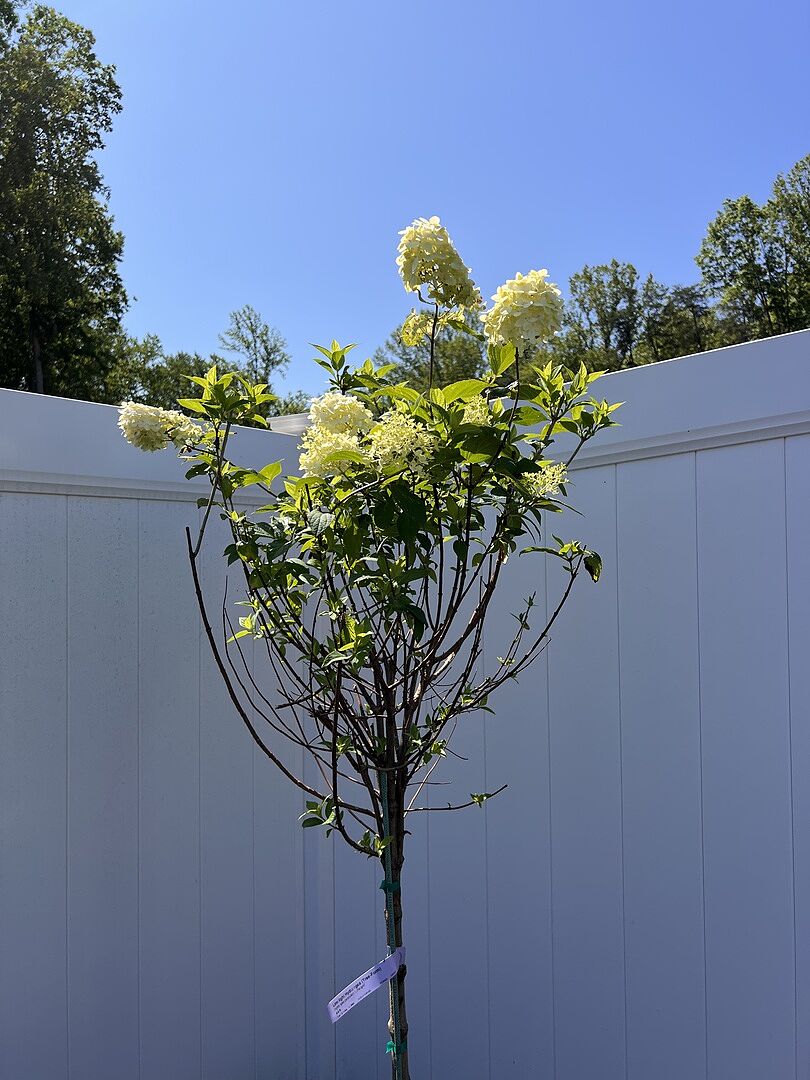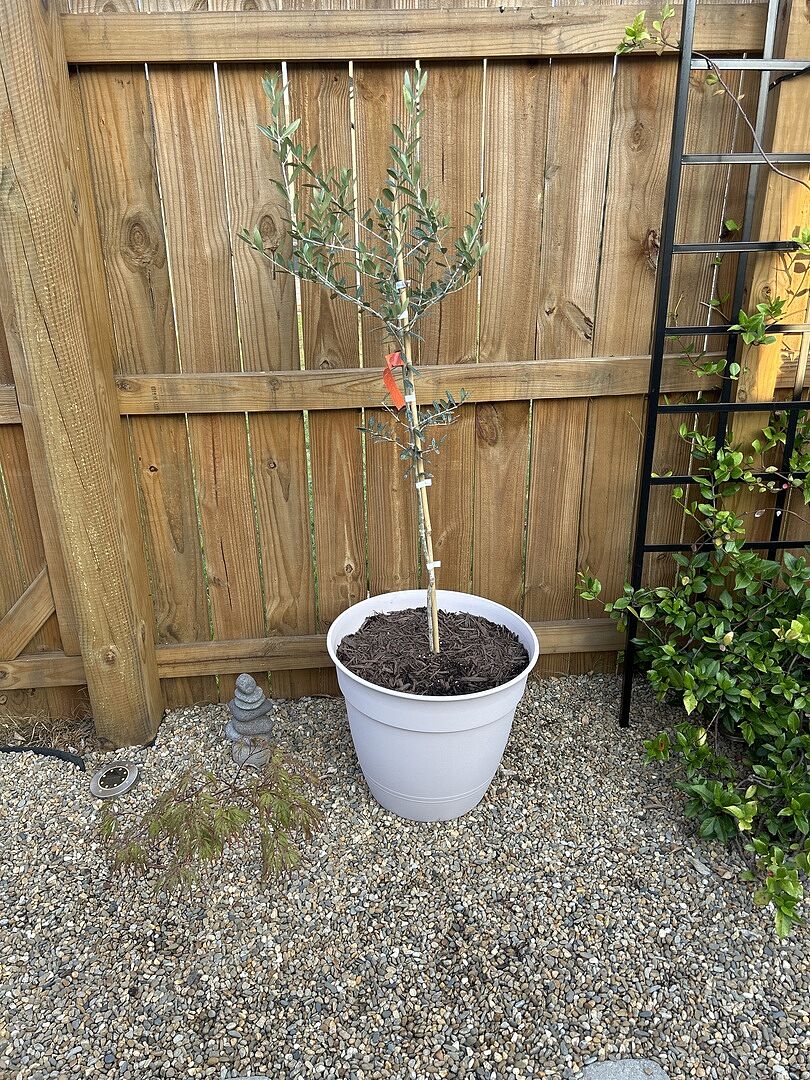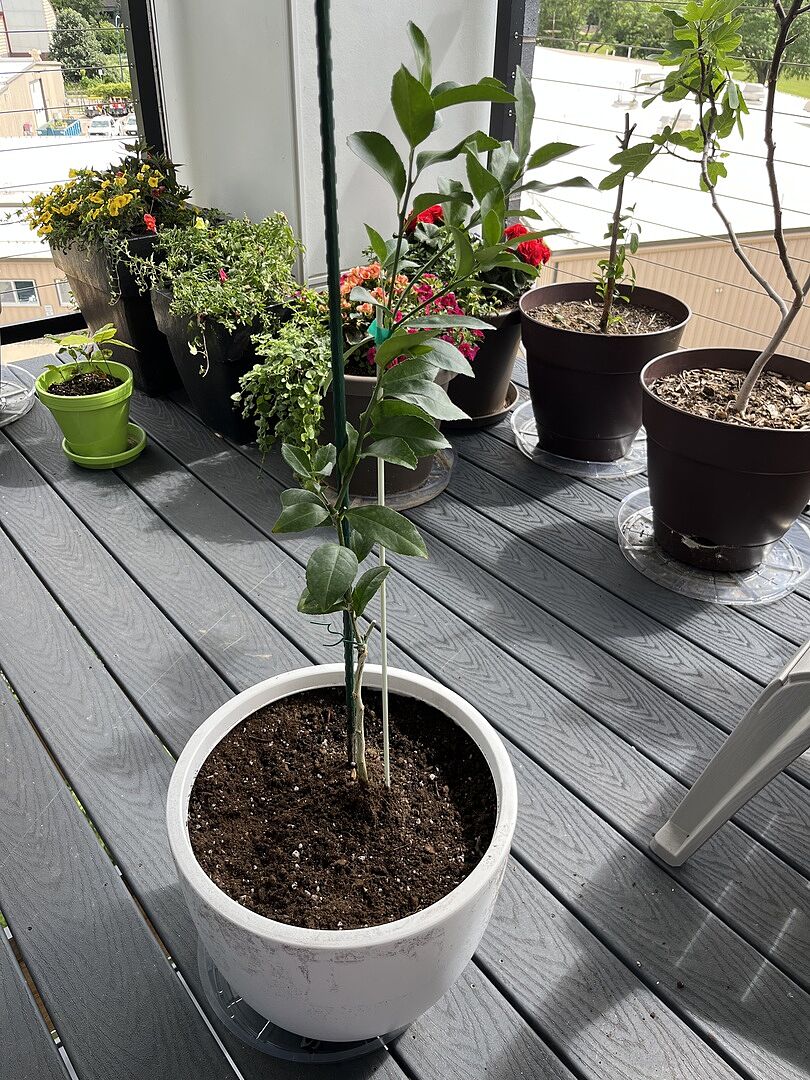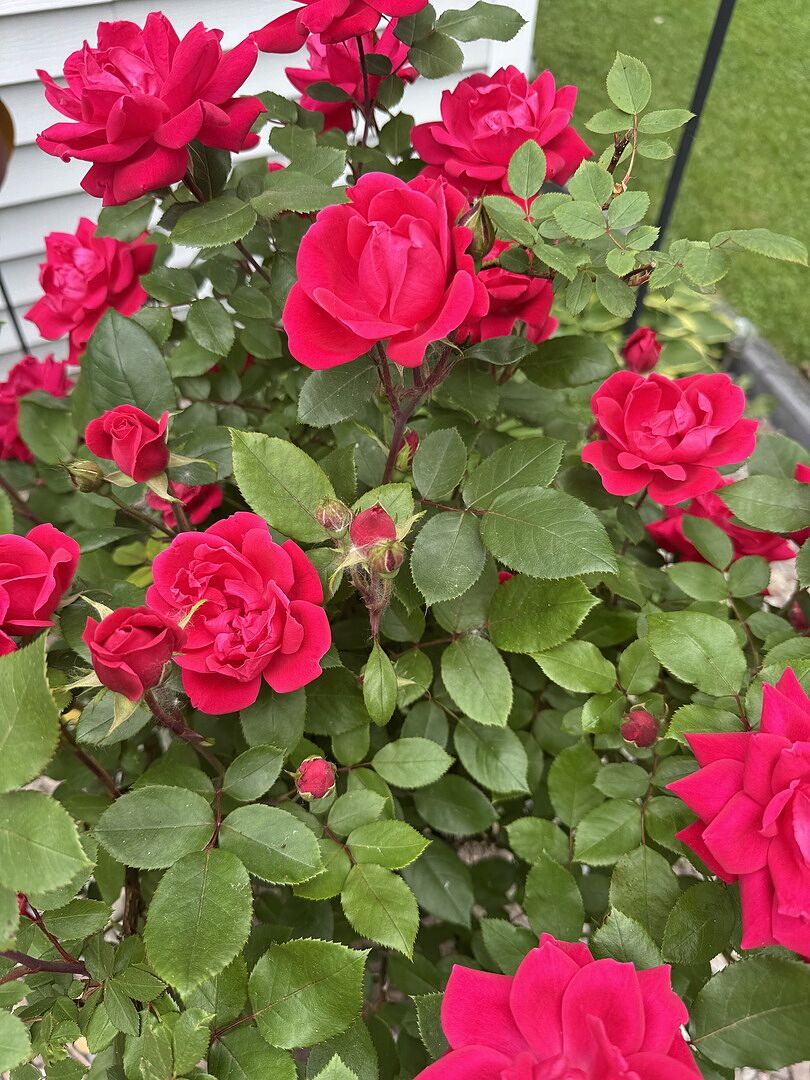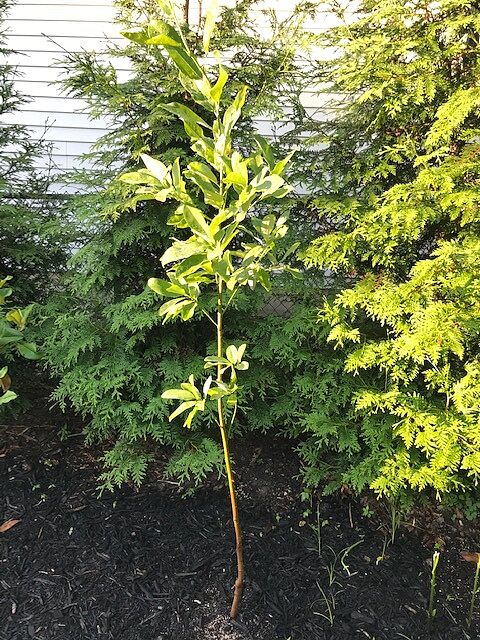How to Save Cold-Damaged Plants after a Winter Storm

Last updated: Mar 02 2021

Winter storms can be treacherous for outdoor plants and trees, especially if you live in a warmer climate where plants aren’t accustomed to cold and snow. But while you may be despairing over broken branches and worrying about the health of your plants and trees, your landscape can bounce back from winter storm damage.
Here, we’ll help you learn:
- How to assess damage after a winter storm
- How to care for damaged plants and trees
- How to protect your landscape going forward
How winter storms impact your landscape
Winter weather can impact your plants and trees in different ways, depending on your landscape and climate. Cold-hardy plants can withstand freezing temperatures, but they may still see damage from storms. Tropical plants aren’t designed to survive the cold, so they’ll face a greater risk when temperatures drop.
Depending on your plants and the weather in your area, cold damage can look like:
- Wilting leaves and branches
- Soft or blackened foliage
- Burned foliage (dry needles that turn red-brown, typical in evergreens)
- Cracks or tears in bark
- Broken or hanging branches
- Split trunks or downed trees

Winter weather can cause evergreens to “burn,” turning needles a dry red-brown.
How to assess damaged plants and trees
If your plants and trees have experienced damage from the cold or winter storms, you’ll want to evaluate and identify the issues before attempting a fix.
When assessing your landscape after a storm, avoid downed power or utility lines, or branches that may have fallen on electrical lines. If you have trees down or large limbs hanging, a professional arborist will be able to help you safely evaluate and repair damage.
Here are a few tips to keep in mind:
Do a post-storm inventory
When assessing landscape damage after a storm, you’ll want to look for a few things:
- Where are major limbs or branches broken?
- Have any trees lost more than half of their crown (branches and leaves)?
- Which trees have significant damage to their bark?
- Which plants are wilting, blackened, or burned?
- Which trees or plants experienced some cosmetic damage, but appear otherwise healthy?

Trees with minor branch loss can typically be salvaged.
This will help you bucket your landscape into three categories:
- Plants and trees with minor damage that can be easily fixed or even healed on their own. This includes single broken branches or minor cosmetic damage.
- Plants and trees that have moderate damage, but will likely survive with some careful nurturing. This includes some wilting, blackened or burned foliage, as well as cracked or torn bark.
- Plants and trees that are damaged beyond repair and will need to be removed. Extensive branch loss, a split trunk or dead tissue can indicate that a tree or plant will not survive.

Trees with extensive damage are not likely to survive.
Dead or damaged?
After a winter storm, it can be hard to tell if a tree or plant is dead or just temporarily damaged.
For any trees you’re not sure about, wait a week or two, and then do a scratch test to assess health.
- Lightly scratch the outer bark of your tree with a sharp knife. Be careful not to make a large cut or wound the tree - just enough to see the cambium, or layer of bark underneath.
- If you see a layer of green bark underneath, your tree is alive.
- If the layer of bark underneath is brown and dry or mushy, that means it’s likely dead or dying.
Always perform a scratch test on the trunk of a tree rather than a single branch, since an individual branch may be dead while the rest of the tree is alive.
Caring for damaged plants and trees
Storm- and cold-damaged specimens need to be treated carefully, to avoid further injury and help them heal faster.
Follow these tips to care for your landscape after winter weather:
Do: Remove heavy snow
If there’s heavy snow weighing down evergreen branches, you can gently remove it with a brush or broom to prevent future damage.

You can remove any snow weighing down branches.
Don’t: Try to chip or thaw ice
If branches are coated in ice, don’t try to chip it off or use heat to melt it - you’ll risk damaging the tree more. Instead, wait for it to thaw naturally.

Don’t try to remove ice from branches - wait for it to thaw.
Do: Remove broken branches
Remove any smaller branches that are broken but still hanging from damaged trees. Prune smaller branches where they join larger ones, and cut back large branches to the trunk or closest main limb. An arborist can help with especially large branches.

Angling your cuts correctly can help with a cleaner prune and reduce the chance of future decay or damage.
Don’t: Immediately remove damaged foliage
For trees and woody plants, don’t remove cold-damaged leaves or stems unless you’ve moved the plant to a warmer location. Damaged foliage can provide insulation and protection if there’s a risk of more cold weather. Wait until spring to prune or remove the damaged areas.
Soft-stemmed plants may need to be pruned earlier, since they can rot more easily - check the severity of the damage to determine the best course of action.

Cold temperatures can lead to wilted or blackened leaves.
Do: Repair damaged bark
If you have trees with cracked or torn bark, you can carefully smooth out any ragged edges - this helps with appearance and encourages the tree to form a protective callous. Use a small knife, and avoid cutting into the green tissue beneath the bark.
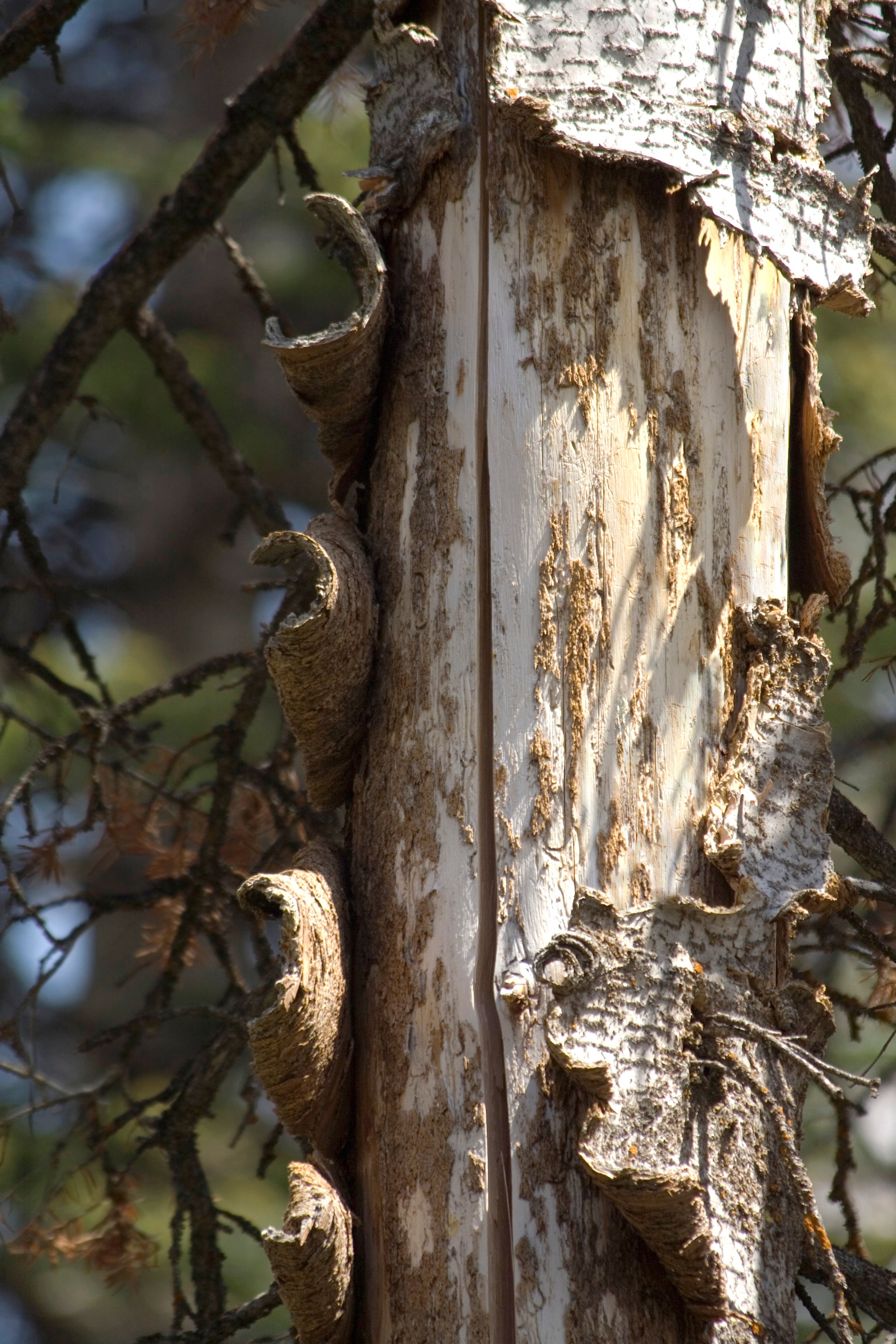
Cold damage can also cause bark to crack or tear.
Don’t: Overprune or “top” your trees
You may be tempted to clean up the appearance of damaged plants and trees as fast as possible - but don’t immediately turn to pruning to even it out. While damage may make your tree look asymmetrical or bare in the short term, it will grow back, and overpruning can cause more stress to the tree. Wait until foliage begins to grow back to see the shape of the tree before determining where you need to prune.
Even more important? Avoid “topping” your trees, or cutting back all of the branches. That will inhibit growth and natural repair, and lead to weaker branching going forward.

Prune carefully, only removing dead or damaged branches.
Do: Water as needed
Cold temperatures can freeze the water in the soil around your plants, preventing them from getting necessary hydration. After a freeze, check the soil around your plants and trees, and water them if dry.
Worried about adding water during freezing temperatures? It’s okay to water early in the day, before the temperatures drop overnight, and moist soil can actually help insulate your plants. Just be careful not to over-water, which can add stress to weak plants.
Don’t: Immediately fertilize
While your first instinct might be to immediately fertilize damaged trees and plants to encourage growth, don’t. Fertilizing too early after a storm - or while there’s still risk of inclement weather - can promote new growth that will be easily damaged by more bad weather. Wait until after the last frost in spring to begin fertilizing.
Caring for potted plants
Ideally, you’ll move potted plants that aren’t cold-hardy inside ahead of cold weather. But if you were surprised by a winter storm, there are steps you can take to repair damage to potted plants.

Treat potted plants carefully after cold weather.
First, know that some cold damage actually occurs because frozen plants thaw too quickly. If you have potted plants in full sun, move them away from the direct sun so they can thaw slowly. You can also lightly mist foliage with water before the sun hits to protect it.
Second, unless you’re permanently moving your plants inside, avoid overpruning damaged leaves or branches. More foliage can actually help protect the plant if bad weather strikes again. Wait until spring to cut back damaged areas.
If you are moving potted plants inside or to a warmer location, avoid moving them quickly from freezing outdoor temperatures to a warm spot inside - the drastic change in environment can stress your plant. Allow damaged plants to adjust to new surroundings gradually.
How to prevent winter storm damage
If you know there’s a storm coming (or live in an area where extreme winter conditions are common), there are a few steps you can take to minimize damage to your trees and plants next time:
Landscape with hardy plants
You always want to make sure you’re planting trees and shrubs that can survive in your landscape. If you live in a colder climate, only plant trees that are cold-hardy and designed to withstand freezing temperatures outdoors. No matter where you live, search for plants that are best for your growing zone to ensure they thrive.
Prepare plants in the fall
The most effective cold prevention happens in the fall, before severe weather arrives. Be sure not to overprune before winter, since additional foliage can help insulate. Adding a layer of mulch around the base of plants or trees can also help regulate temperature. Don’t forget to give plants plenty of water before the ground freezes, to keep them from drying out over winter.
Bring delicate container plants indoors
If you have warm-weather plants like citrus trees, bananas or palms on your patio, be sure to bring them inside and place them in a sunny spot in your home before the temperature drops. Let them acclimate to indoor temperatures and air gradually, starting with an hour or two per day before bringing them inside full-time.
Use reinforcements to protect outdoor plants
If you have delicate plants in the ground that you’re unable to bring inside during the winter, winter weather tools can help. Use burlap or whitewash to protect the trunks of trees with young or thin bark. Frost blankets can help protect fruit trees, perennial flowers and shrubs - just remove the covers in the daytime and when temperatures warm up.


Written by
Abby Healy
Abby is an avid plant lover and the Director of Content at FastGrowingTrees.com. She grew up in Maine, graduated from Davidson College, and now resides in Charlotte, North Carolina with her husband and two dogs. Her previous roles include leading content teams at Red Ventures, a large digital media company, and launching the content and marketing functions at an ecommerce analytics start-up.
While her indoor plant collection is always growing, she also loves landscaping tips and learning more about plant care and maintenance. Her favorite plants are Japanese maples, roses of all kinds, and unique house plants.
Featured Product

Proven Winners® Limelight Hydrangea Tree
172 reviewsStarting at $134.95



















